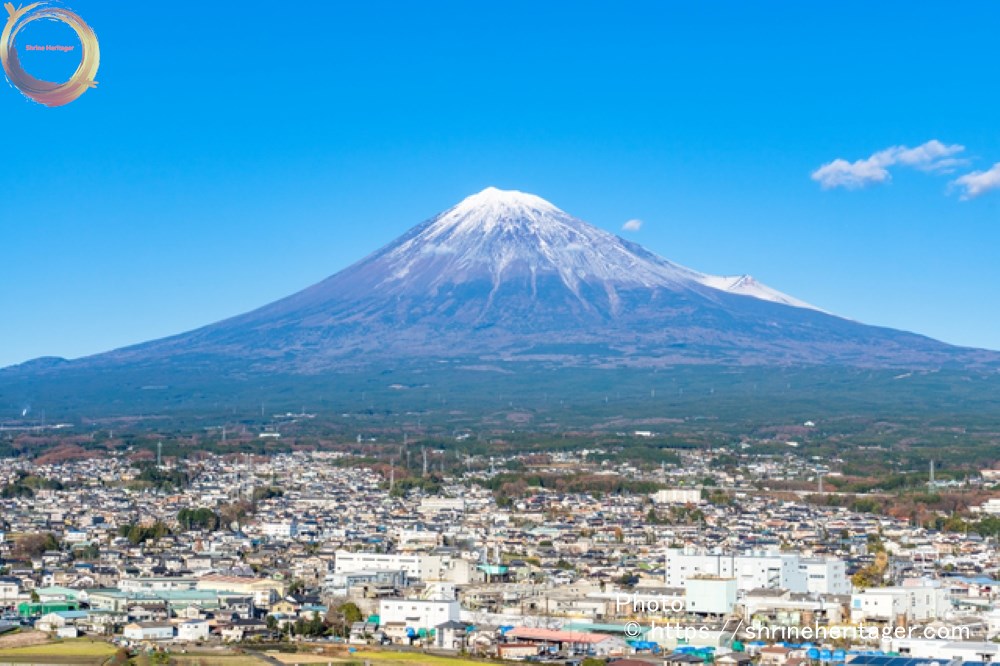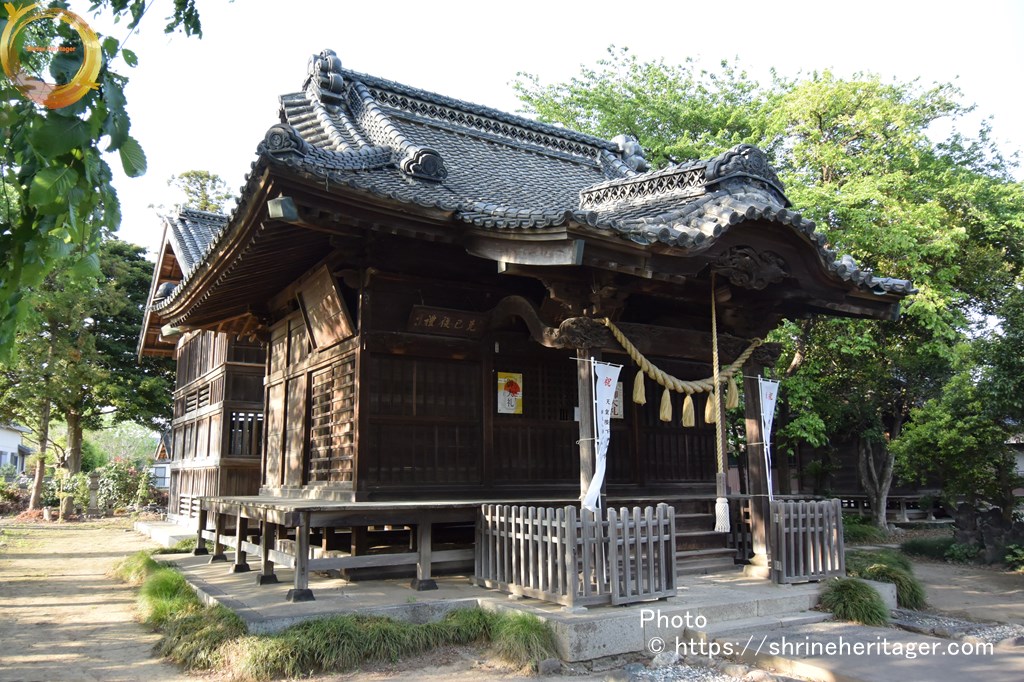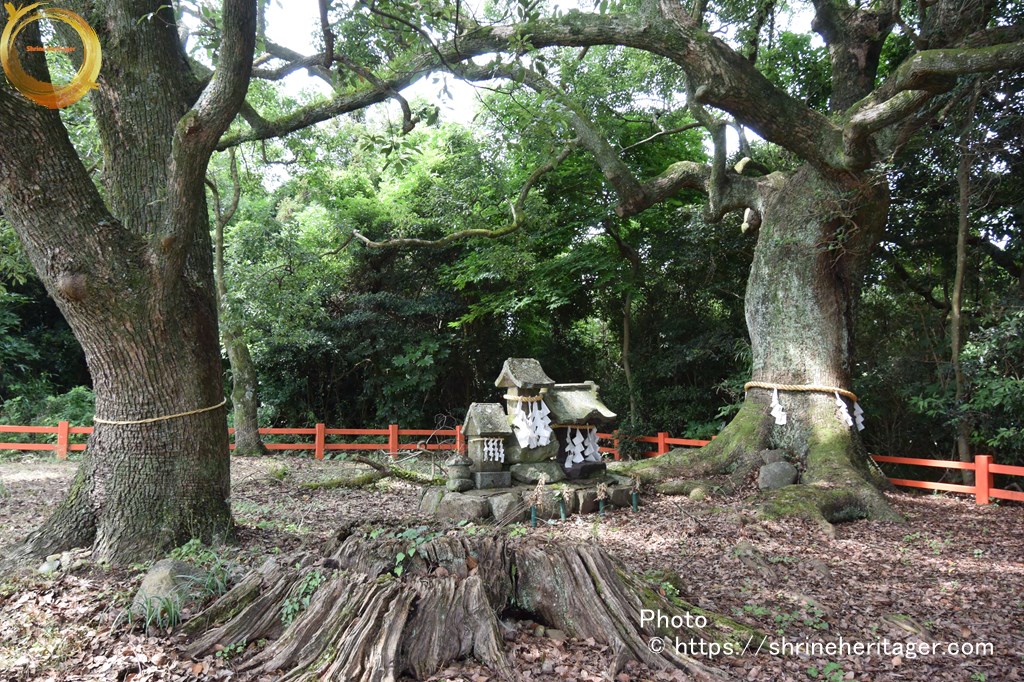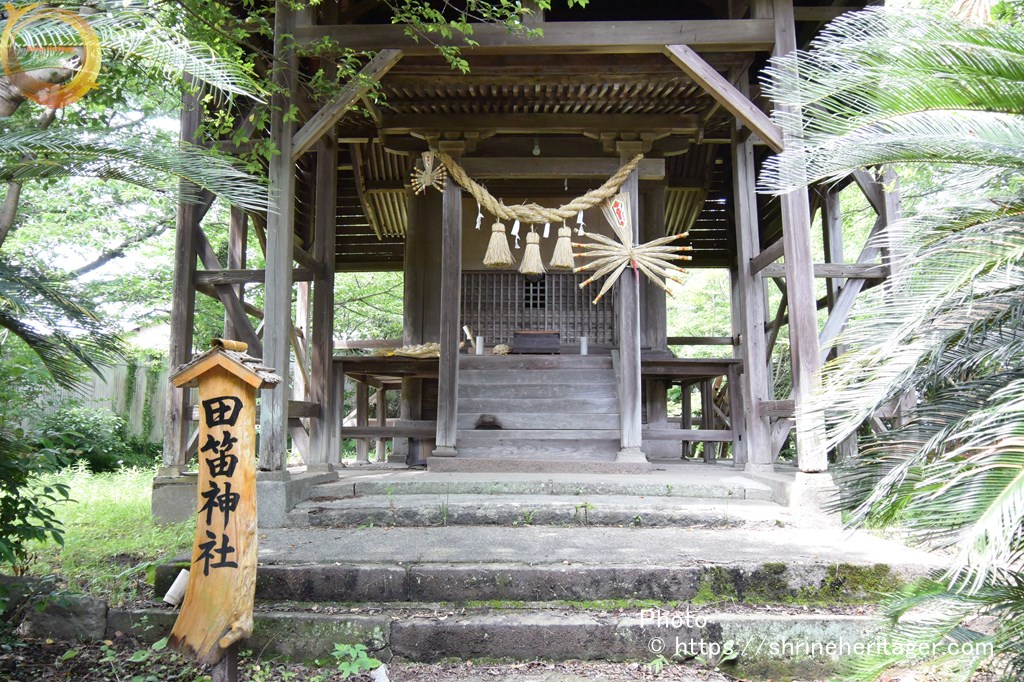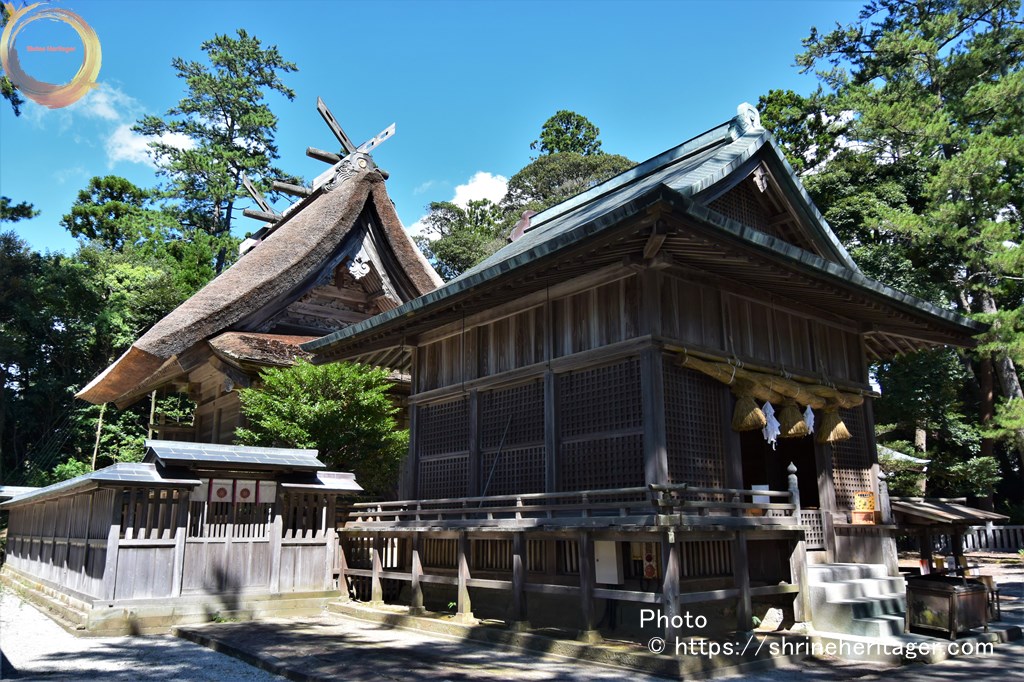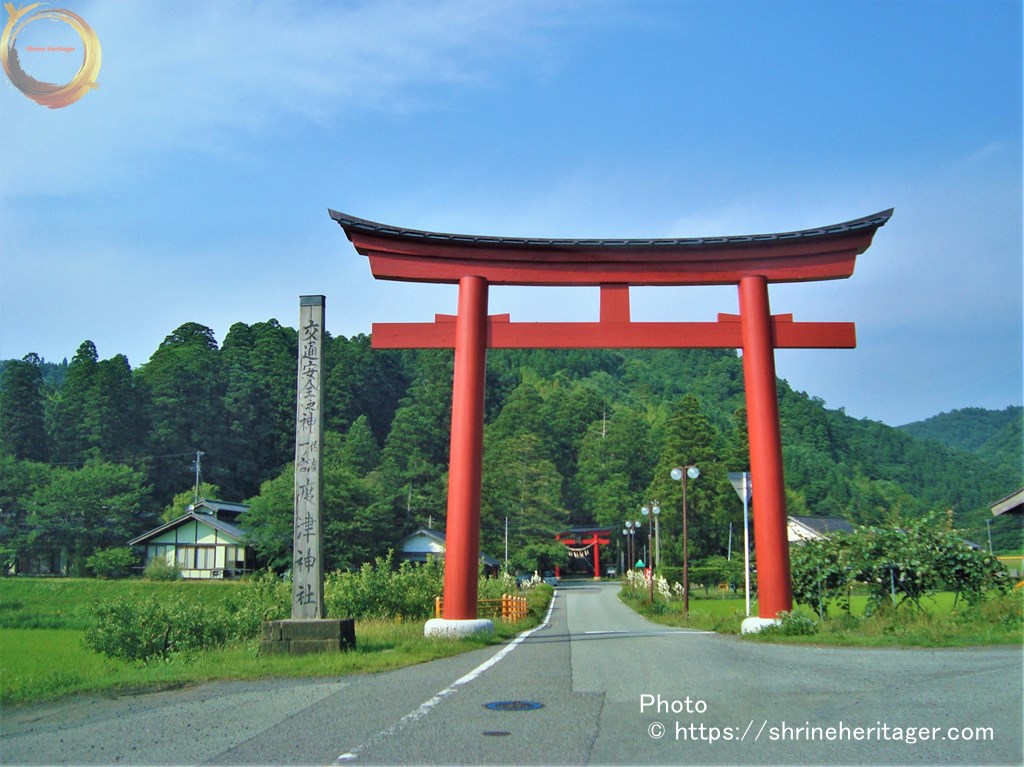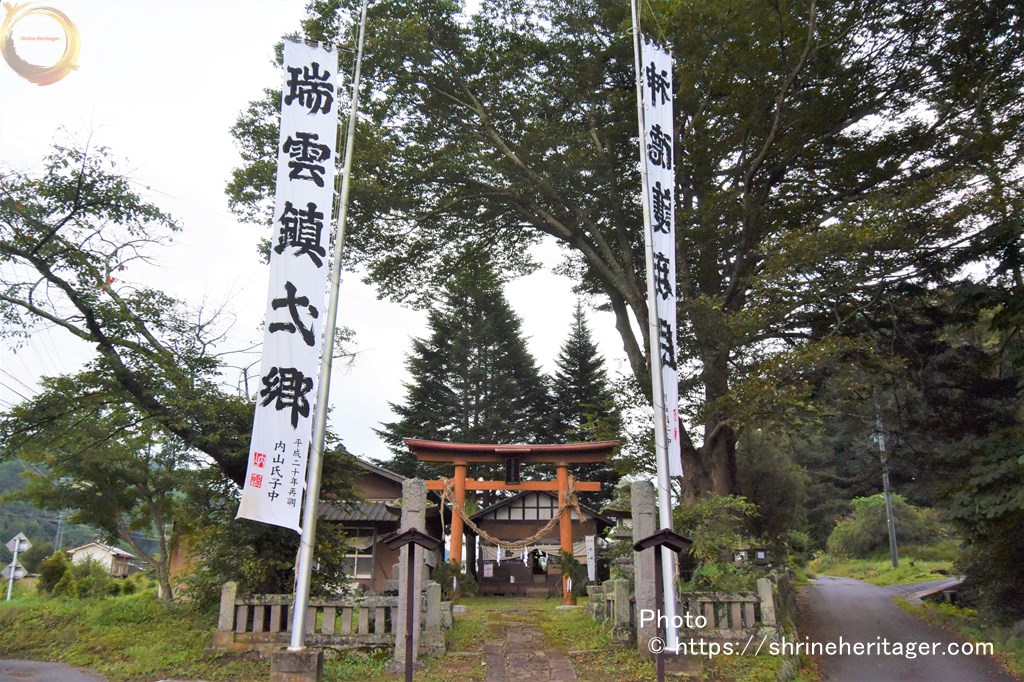-

Mt. Fuji World Cultural Heritage Component Assets and More about Sengen Shrine
As a criterion (iii) of the World Cultural Heritage "Mt. Fuji - Object of Worship and Source of Art", it is written that "Through the ascent to the summit and pilgrimage to the sacred place at the foot of the mountain, which has inspired the tradition of mountain worship from ancient times to the present day, pilgrims wished to imbue themselves with the spiritual power of the gods and Buddhas who live there."
-

Mt. Fuji World Cultural Heritage Component Assets and More about Sengen Shrine
World Cultural Heritage "Fujisan, sacred place and source of artistic inspiration"Criteria(iii)of the World Cultural Heritage "Mt. Fuji has continued to inspire a tradition of mountain worship from ancient times to the present day. Through ascending to the summit and making pilgrimages to sacred places at the foot of the mountain, pilgrims have hoped to immerse themselves in the spiritual powers of the gods and Buddha who call it their home.
-

Iiishi Shrine (Takuwa)
It is Iiishi Shrine (Takuwa). "Ibiuzushio no mikoto" has the rock solid as the god when it descends from the heavenly world. The "iwa kura" is surrounded by Aragaki and sits in the back of the worship hall. You can worship the Shintai directly. It conveys the ancient form of the sacred place called "iwa kura".
-

Awashima Shrine (Hikonawa Town, Yonago City)
It is Awashima Shrine (Yonago City). In mythology, it enshrines "Sukuna hikona no mikoto", which is said to have been flipped by the stalk of millet and passed to tokoyo. The summit of Awashima, which climbed through the long stone steps covered with trees, wears the brilliance of the sky and gives off "unusual godliness." Perhaps this sanctuary is a space that leads to "the land of the eternal world."
-

鹿島神社(kashima shrine)
Kashima Shrine is said to have been founded in the Tianqing period (938-947), but now it is a dead tree, but there is a large shrine with a trunk circumference of more than 10 meters that was once a god tree, and a joint bath was set up at the base of the big tree. In the precincts, a monument to honor the achievements of Eiichi's teacher, Ranka Odana, has been built.
-

Shiine Tsuhiko Shrine (Shiimiya)
Shiimoto Tsuhiko Shrine (Shiimiya) enshrines Shiinetsuhiko no ikoto of Kunitsujin, which was appointed by Emperor Jinmu, who started east marching in 667 BC, as a guide to the sea.
-

Tefue Shrine (Bungo-Takata City)
Tefue Shrine is said to be 8 set shrines outside the border of Usa Jingu Yukikai, and it has a long time as one of the visiting sites of the Yukikai.
-

興神社 (ko shrine)
Ko shrine (ko shline) is sitting right next to the ruins of the ruins of the royal capital of Iki (Iki) when Iki was the time of the royal system, and pays the 鑰 of the government office and the seal of the national government office. It is called by the company name of "In 鑰 Daimingjin" as a place, and it conveys a stately and high reason The common name of the villager is "Ichinomiya" And now it is the original Uchinajin Taisha "Ten te eldest son shrine" and "Ikikuni Ichinomiya" is our company " The theory that it is "Ko Shrine" is powerful.
-

Takomi Shrine (Yasuda, Hakuta Town)
Tabe Shrine is pronounced "Tamo", but the letter "Tafu" is also read as "Tazura" and it means "the surface of the rice field" as the character says. The sun shines in the "Tamen" protected by the villager, and the god of the festival is enshrined by the goddess of the beautiful sun, "Oho hirume muchi" in the rice field that spreads. The surface of the rice field is illuminated.
-

Sami Shrine (Shiraishi, Shishido Town)
This shrine is transmitted when the god 籬 of meoiwa iseki is sitting as a god body, and there is a Mbukuro rock (meoiwa ruins) on the line which extends the direction from the torii to the main shrine straight.
-

Eight Cedar Trees (Kitsumachi, Yunnan City)
Yamotosugi (Kijimachi, Yunnan City) is said to have buried the "eight corners" of the "Shirshi no Suginari" Yagi Daija (yamata no orochi) from Kamishiro.
-

百枝穂神社(Momoesuki shrine)
Momoesu shrine is located on "Fumishima", about 100m west of Hinomisaki shrine. "Hinomisaki shrine" This is the former shrine of the Hishizumi no miya. The shrine was founded by the oracle of Amaterasu omi kami.
-

水若酢神社(Mizuwakasu Shrine)
水若酢神社(Mizuwakasu Shrine) is located in the five districts of Okinoshima Town (Dogo) in Ichinomiya, Oki Province. It was founded in the era of the 10th Emperor Sujin, and is an old shrine with a beautiful precinct where old black pine trees grow. It is said that Mizuwakasu no mikoto, the god of rituals, was the god of land development in Oki Province and the protection of the Sea of Japan.
-

Watatsu Shrine (Sado City)
The Dozu Shrine was moved to its present location because of the flood in 1470 and old documents such as shrine sites, history, good luck, etc. were washed away.
-

鳴無神社(otonashi shrine) (Uranouchi, Suzaki City)
Naruno Shrine is said to be the original shrine of Tosa Shrine (Tosa Kuni Ichinomiya) According to legend, it is the beginning of The Naruno Shrine that dedicated the "one word main life" that was washed away by Tosa and drifted to Uranouchi Bay.
-

Aramatayama Shrine Haruka Eden (Saku City Yamasadari)
As the name suggests, Arafuneyama Shrine is a place to worship Mt. Mikafune (arafuneyama) as "kannabi" where God dwells.
-

蜛蝫 Shrine (Ejima, Yatsuka Town)
蜛蝫 Shrine (Ejima, Yatsuka-cho) has a tradition that "蜛蝫" in "Kizuki no Misaki" was located on the island "蜛蝫 island " (tako shima)" which was caught and carried by "Tenbane(wide and large feathers)" in "Izumo-no-Misaki".
-

Tanaka Shrine (Sata Shrine, Kitaden Setsha)
Tanaka Shrine (Sata Shrine, Kitaden Setsha) is a rare "marriage" and "marriage" shrine nationwide It is a mysterious shrine where the company that enshrines "sister goddess" is built back to back, and the edge that you want to cut off such as the edge of the man and woman and bad habits is cut off, and a wonderful marriage comes true at the same time after that.
-

Odome Daimeijin (Yunnan City)
Odome Daimingjin (Yunnan City) has a history that it is the place where "one of the three kinds of divine vessels" (Kusanagi sword) was removed from the inside by slashing and fastening the tail of the Yamata no orochi.
-

Asahi Shrine (Yunnan City)
The Asahibi Shrine (Yunnan City) enshrines the father and mother god of "Princess Inada" who is about to be sacrificed in the myth of the "Yamata no orochi".

